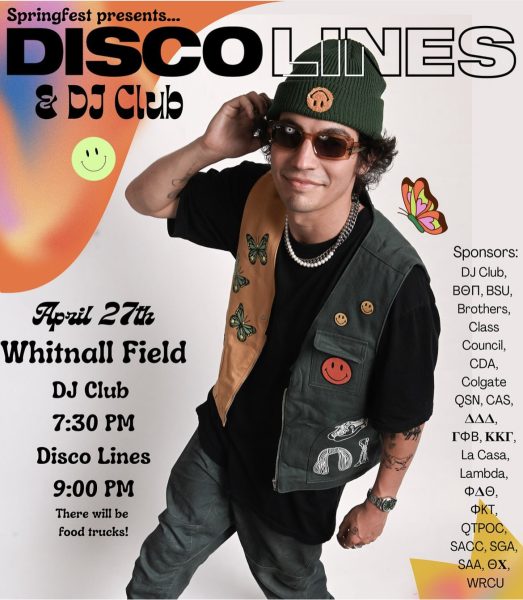Art Smarts: An Alternate Art Perspective
Richard Serra works big. And sculpture junkies from every part of the earth were flocking to NYC’s Museum of Modern Art this summer to see just how big his work could get.
The MoMA exhibit entitled “Richard Serra Sculpture: Forty Years” was a retrospective tribute to Serra’s forty years of working big, with three new pieces including “Sequence.” In “Sequence” towering slabs of torqued steel twist and turn in elliptical and semi-circular shapes, creating an almost un-navigable labyrinths.
Like Alice and the rabbit hole, the temptation to walk in and around pieces like “Sequence” and “Intersection II” is almost too good give up, but enter at your own risk; its not long before a stroll through Serra’s steel wonderland transforms into a claustrophobic nightmare.
As the slabs lean increasingly closer to the ground, the curves bend tighter, and views of the MoMA ceiling become narrower. Viewers can’t help but feel the overwhelming invisible hand of Serra’s presence pressing down on them. The composition of Serra’s sculptures lend themselves to an almost terrifying experience; traveling the mazes of works both inside and outside of the museum.
Sculpture junkies and art neophytes alike were dazzled by Serra’s colossal structures, but ironically, for Serra these pieces are only remnants of the real heart of his work. What we view as Serra’s artistic accomplishments are really only the crumbs left over after Serra’s main artistic focus — the process by which he arrives at making a piece.
Sculptures like the ones found in the MoMA now are only a small aspect of Serra’s art. To put on an exhibition of Serra’s pieces requires the collaboration of Serra, curators, installation workers and engineers to help design and display his sculptures appropriately down to the very last detail.
His belief in the power of the process of making art is so strong that to this day Serra has only missed one installation- reluctantly — to recover from knee surgery.
With such profound and deeply rooted beliefs in the art process art, Serra’s sculptures consistently demand a rethinking of the gallery space in which they are displayed. Curators have long laid at the mercy of Serra’s will and work, salivating over the spectacle of such large and dangerous sculptures but knowing that his installations will come at a price.
As Kirk Varnedoe told The New York Times, the new MoMA building was actually designed with Serra in mind; the 20,000 square foot gallery space in the MoMA that now houses Serra’s works was less a testament to the artist than to practicality. The MoMA specifically has not disclosed the price of Serra’s installations, one can imagine that penny pinching isn’t an option when installing thousands of pounds of steel that needs to be held up against the will of gravity.
Clearly each of Serra’s sculptures stand as living testimony to the potency of Serra’s long spanning career. It is hard to imagine the pain and effort of installing and creating these sculptures.
Some find Serra’s work off the mark. Two years ago, the Centro de Arte Reina Sofia called a thirty-eight ton Serra sculpture “mislaid.” Some might even be so bold as to evoke the machismo card. Next to the benign rubber puddles of Serra’s peer Eva Hesse, sculptures like Serra’s do seem to invite power-of-the-phallus type interpretations. But for Serra, sometimes a cigar really is just a cigar.
“Weight is a value for me,” Serra wrote in his artist’s statement for the Pace Gallery in 1989. “Not that it is any more compelling than lightness, but I simply know more about weight than lightness and therefore have more to say about it.”
When Serra says he knows weight, he does.
So just how big was Serra’s work at the MoMA this summer? Between the weight of the pieces, the force of gravity, the volume of space, the depth of thought that went into each of Serra’s teams’ decisions, and even the perfundity of Serra’s own role in shaping the very space that houses his works — MoMA frequenters this summer couldn’t help but give in to the enormity of both Serra’s work and the exhibit. Not to do so would simply seem unfit.
To see the installation of “Richard Serra Sculpture: Forty Years” for yourself, go to www.youtube.com, keyword “Richard Serra installation.”







